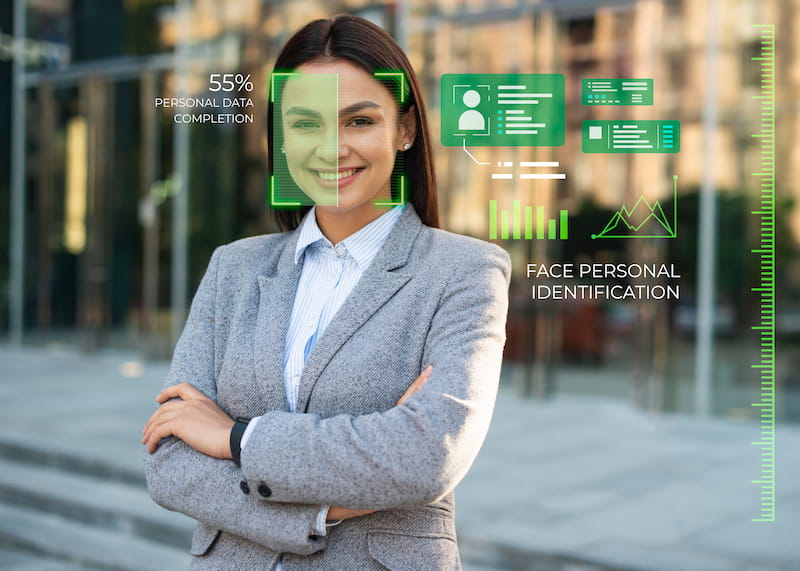
Workplace security begins with proper identification and authorisation of personnel. If you want to protect your company’s assets and ensure a controlled environment, keep reading our Weldon article to find out how to implement an effective and reliable system.
Identification of personnel: first steps
The first step in ensuring safety in a company is the proper identification of personnel, starting from the moment a new employee is hired.
1. Verified documentation
It’s crucial to verify the authenticity of documents submitted by staff. Make sure that all employees have their identity documents up to date and that they are registered in the company’s database. In addition, it is recommended that you ask for references and employment history to confirm the veracity of the information provided.
2. Photograph and ID badge
Once the information has been verified, it’s essential to provide the employee with an official company ID badge. This badge must include a recent photograph, the employee’s full name, unique company identification number and their job title. The badge must be worn at all times on company premises.
3. Use of technology for identification
Many companies are adopting advanced technologies for the identification of their personnel. Facial recognition systems, fingerprint scanning or RFID cards are some of the options you can consider. These technologies not only improve security, but also streamline the personnel check-in and check-out process.
Access authorisation: defining levels and permissions
After identification, the next step is to authorise access to different areas of the company. This involves establishing levels of access and permissions according to each employee’s role and responsibilities.
1. Area classification
Before authorising access, you must classify the different areas of the company according to their sensitivity and required security level. For example, areas such as administrative offices, storage rooms, server rooms or laboratories should have more restricted access compared to common areas such as cafeterias or break rooms.
2. Define roles and responsibilities
Once the areas have been classified, the next step is to define the roles and responsibilities of each employee. Each position within the company should have a predetermined level of access. For example, an operations manager may have access to production and storage areas, but not necessarily to the server room.
3. Implement an access control system
An access control system is essential to ensure that only authorised personnel can enter certain areas. You can opt for magnetic card systems, electronic keys or access codes. This system must be linked to the company’s database, allowing real-time tracking of who enters and exits each area.
Continuous monitoring and updates
Identification and authorisation of personnel is not a static process. It requires continuous monitoring and updates to adapt to changes within the company.
1. Regular audits
Conduct regular audits to ensure that identification and authorisation systems are functioning properly. These audits will also help you identify potential vulnerabilities or areas for improvement.
2. Updating permissions
Roles and responsibilities within a company may change over time. Therefore, it is crucial to update permissions and access levels whenever an employee changes position or when new areas or technologies are introduced in the company.
3. Staff training
Finally, it is important that all personnel are trained on the importance of identification and authorisation within the company. Make sure they understand how access control systems work and what to do if they lose their credentials or detect a potential security issue.
Implementing an effective identification and authorisation system is essential for the safety and smooth running of your company.
Protect your company today! Implement an efficient identification and access control system with Weldon. Ensure the safety of your facilities and maintain a controlled work environment. Contact us now to start strengthening your company’s security.